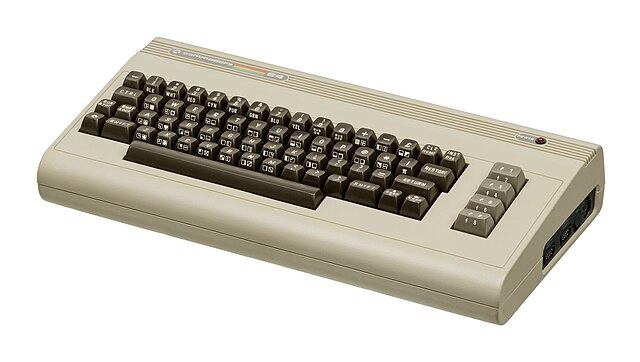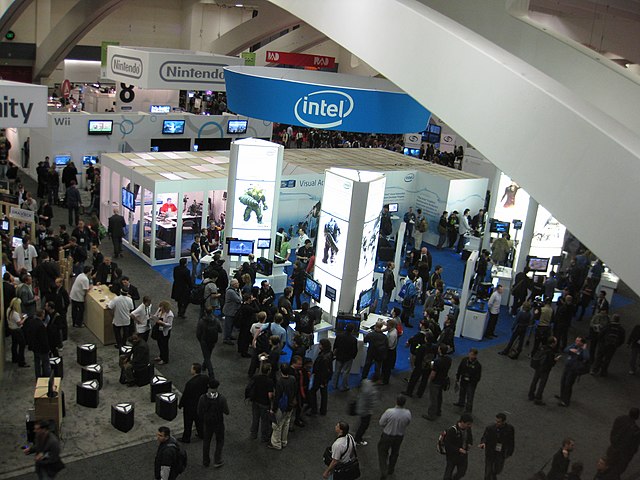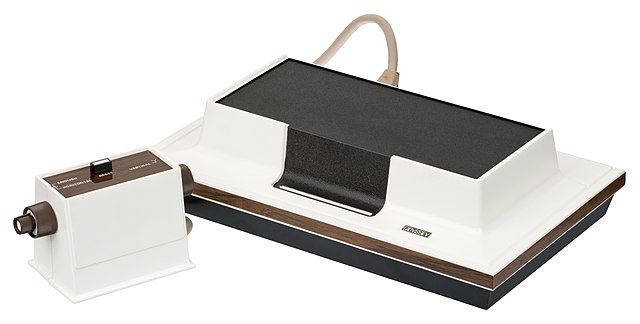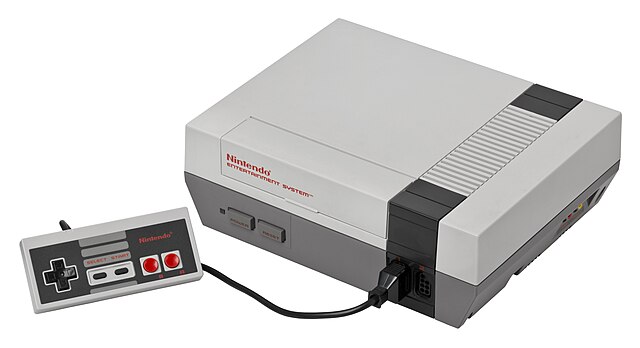The video game crash of 1983 was a large-scale recession in the video game industry that occurred from 1983 to 1985, primarily in the United States. The crash was attributed to several factors, including market saturation in the number of video game consoles and available games, many of which were of poor quality. Waning interest in console games in favor of personal computers also played a role. Home video game revenue peaked at around $3.2 billion in 1983, then fell to around $100 million by 1985. The crash abruptly ended what is retrospectively considered the second generation of console video gaming in North America. To a lesser extent, the arcade video game market also weakened as the golden age of arcade video games came to an end.
Atari VCS, also known as the Atari 2600, the most popular console prior to the crash
The Commodore 64 survived the crash and became one of the best-selling computers of all time.
Partially-surviving cases and cartridges retrieved during the 2014 excavation of the Alamogordo, New Mexico landfill Atari had used in 1983. E.T., Centipede, and other Atari materials can be seen.
The Famicom's international debut was delayed by two years as a result of the crash.
The video game industry is the tertiary and quaternary sectors of the entertainment industry that specialize in the development, marketing, distribution, monetization and consumer feedback of video games. The industry encompasses dozens of job disciplines and thousands of jobs worldwide.
The expo floor at the 2010 Game Developers Conference
The Magnavox Odyssey was released in 1972 as the first home video game console.
The Nintendo Entertainment System, released in 1985, revived the American video game industry after the video game crash of 1983.
GameStop video game store at the Isokatu street in Oulu








